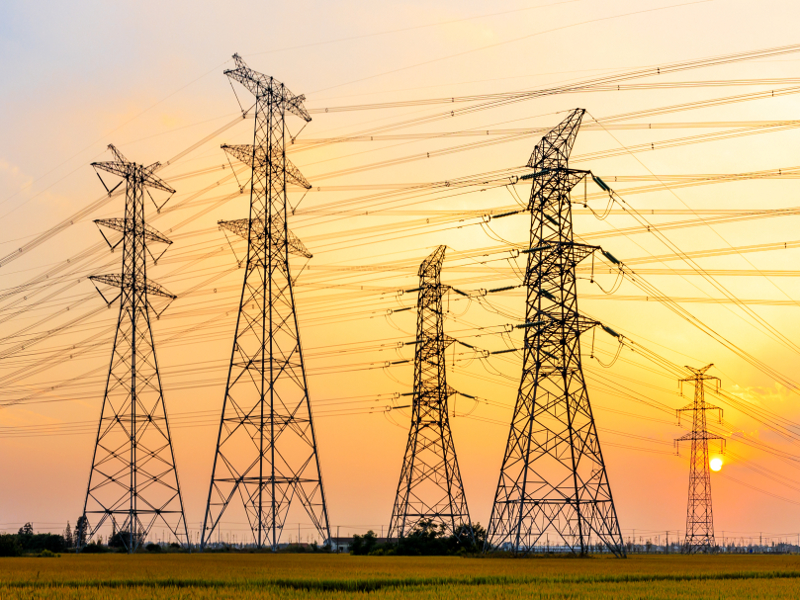The Sagardighi thermal power station in West Bengal, India is being expanded to add a new 660MW supercritical coal-fired unit as part of the third phase extension of the power station that has been operational since 2008.
Owned and operated by the West Bengal Power Development Corporation (WBPDCL), the existing Sagardighi thermal power plant comprises four coal-fired units with a combined installed capacity of 1,600MW that were commissioned in two phases between 2008 and 2016.
The Indian states of West Bengal, Bihar, Jharkhand, Odisha, and Sikkim including the union territory of Andaman and Nicobar Islands and Damodar Valley Corporation (DVC) are the beneficiaries of the project.
The new supercritical unit which is designated as unit-5 will increase the plant’s total installed capacity to 2.26GW.
Project Gallery
The construction works for the phase three extension of the Sagardighi thermal power project were started in July 2020 and the construction period is expected to last up to 42 months.
Sagardighi thermal power project location and site details
The new unit will be located to the north of phase II of the Sagardighi thermal power plant complex, which occupies approximately 900 acres excluding the ash dump area and township created for the plant.
The project site is located in villages Manigram, Chandpara, Kanchanpara, and Harirampur near the Sagardighi town in the Murshidabad district of West Bengal, approximately 240km away from Kolkata.
It is closely connected with the Sagardighi-Manigram-Gankar-Raghunathganj Road and lies approximately 20km away from National Highway 34.
Sagardighi power plant extension unit 5 make-up
The new 660MW unit will utilise a coal-fired supercritical boiler and a multi-cylinder, tandem-compound, condensing reheat steam turbine generator with a rotor speed of 3,000rpm.
The unit will use pulverised coal as the primary fuel for power generation and light diesel oil as the auxiliary fuel and for cold start support.
It will also be fitted with a semi-open recirculating condenser cooling system with a wet-type natural draft cooling tower. Raw water for the unit will be sourced from the nearby Bhagirathi River.
Other facilities for the new unit will include flue gas desulphurisation (FGD) and selective catalytic reduction (SCR) systems, as well as a coal handling plant and an ash handling system.
Coal handling for unit 5
Unit 5 will use approximately 3.2 million tonnes (Mt) of coal a year, which will be procured from Eastern Coalfields (ECL), a subsidiary of Coal India (CIL).
The coal will be transported to the crushing and storage facility by the twin stream conveying system. A total of four ring granulator crushers will be installed for crushing the coal.
Electricity transmission
The electricity generated by the unit 5 of the Sagardighi thermal power station will be evacuated through the 400kV transmission switchyard which was constructed during the phase II development.
Additionally, a new generator transformer along with two new station transformers and future lines/bays each will be built to enable power transmission from the new unit.
Financing
The Government of India’s Power Finance Corporation (PFC) sanctioned a term loan of £277m (Rs27bn) for the phase III project development.
Contracts awarded for the Sagardighi power plant expansion
Bharat Heavy Electricals (BHEL) was awarded a £359m (Rs35bn) turnkey contract for the phase III development of the project in December 2018.
The scope of the contract includes the design, engineering, manufacture, supply, erection, testing, and commissioning of the main plant package for the 660MW expansion project.
The equipment for the project will be manufactured at BHEL’s Trichy, Haridwar, Bhopal, Ranipet, Hyderabad, Jhansi, Thirumayam, and Bengaluru plants.
BHEL’s Eastern Region division will undertake the construction and installation activities at the site.
The existing Sagardighi thermal power plant details
Phase one development of the Sagardighi thermal power plant comprised two 300MW coal-fired units commissioned in September 2008 and November 2008 respectively. Chinese company Dongfang Electric (DEC) was engaged for the main plant package.
The second phase development involved the installation of two more units of 500MW capacity each, that came online in July 2016 and December 2016 respectively. The phase two expansion project was executed by BHEL.



